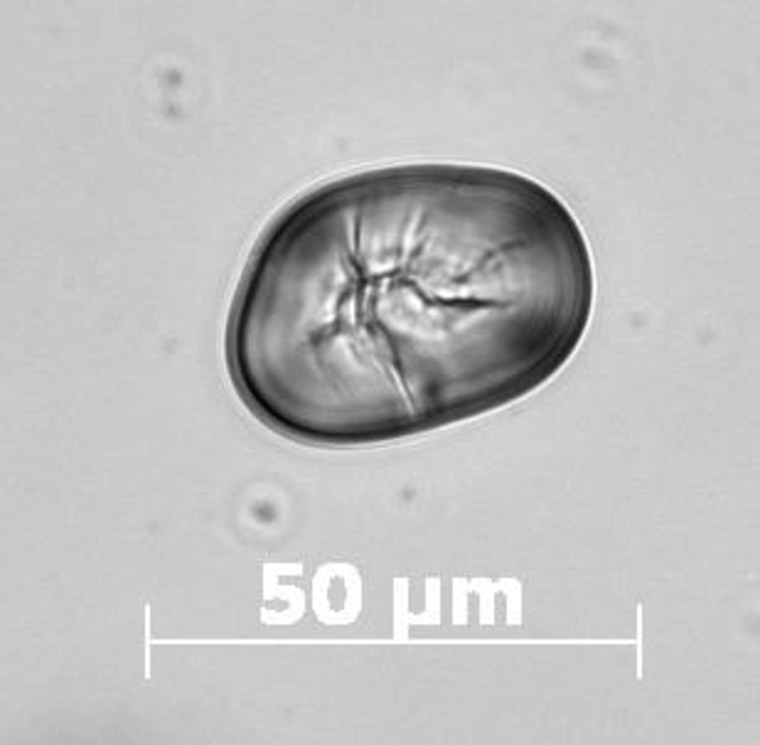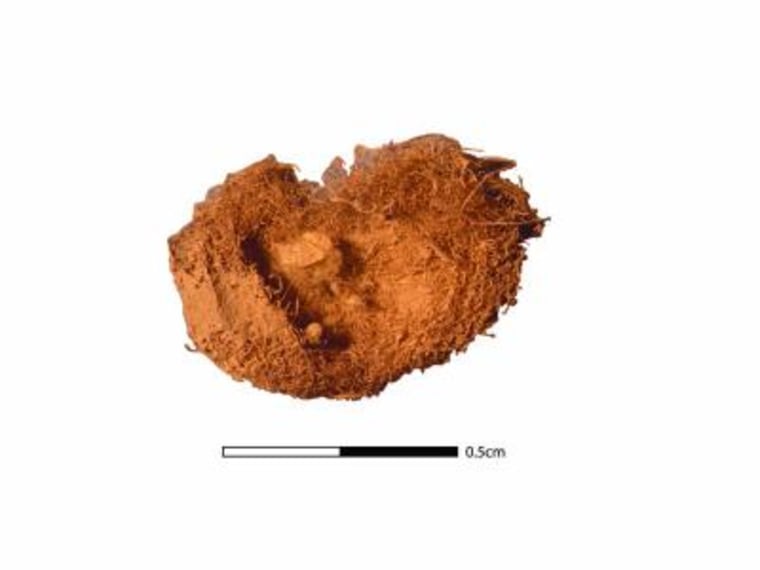Thanks to poor dental hygiene, researchers are getting a more detailed understanding of what people ate thousands of years ago in what is now Peru.
Dental plaque scraped from the teeth of people who lived as much as 9,200 years ago revealed traces of cultivated crops, including squash and beans, according to a report in Monday's online edition of Proceedings of the National Academy of Sciences.
These ancient people also ate peanuts and a local fruit known as pacay, according to the report by Dolores Piperno, a staff scientist at the Smithsonian Tropical Research Institute and the National Museum of Natural History, and Tom Dillehay, professor of archaeology at Vanderbilt University.
They studied 39 teeth from six to eight individuals. Found in northern Peru's Nanchoc Valley, the teeth were uncovered in the remains of round house structures in a settlement dated to 9,200 to 5,500 years ago.
"Some teeth were dirtier than others. We found starch grains on most of the teeth. About a third of the teeth contained large numbers of starch grains," Piperno said in a statement.

The teeth study indicates that the diet of these people contained cultivated crops and was stable over time. Some of the grains had been cooked, the researchers noted.
The researchers said they hope the future analysis of starch grains from teeth can lead to other findings about ancient people, perhaps showing a difference in diet between Neanderthals and early modern humans.
